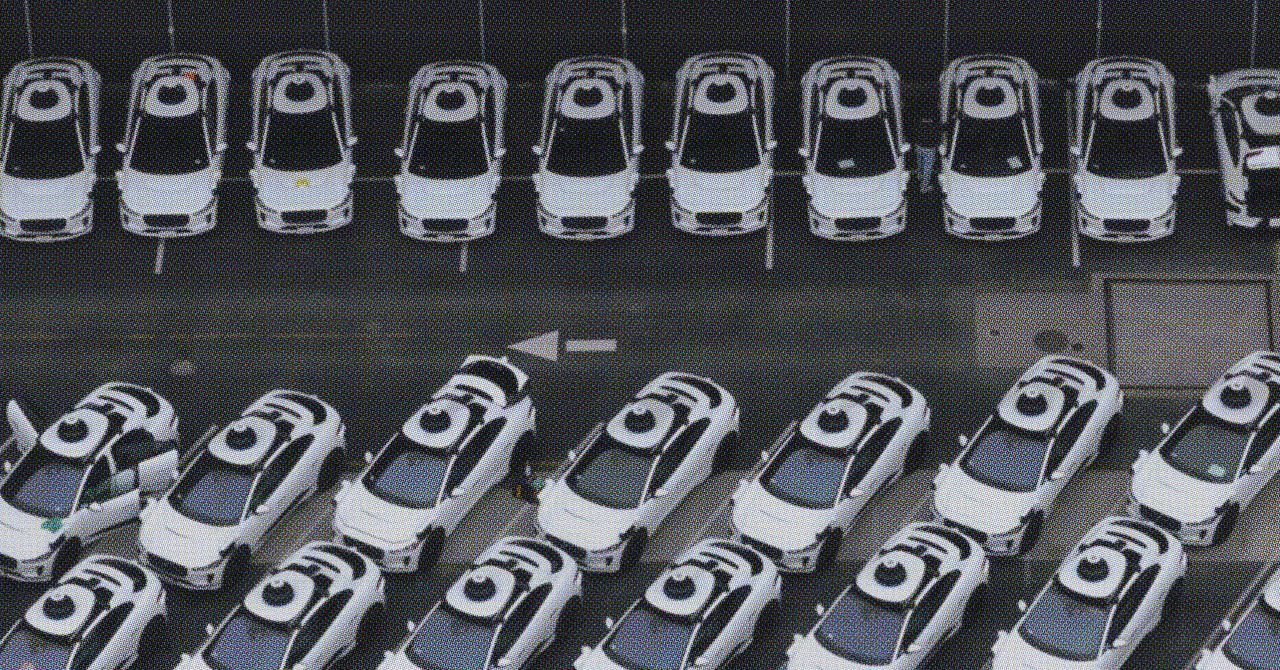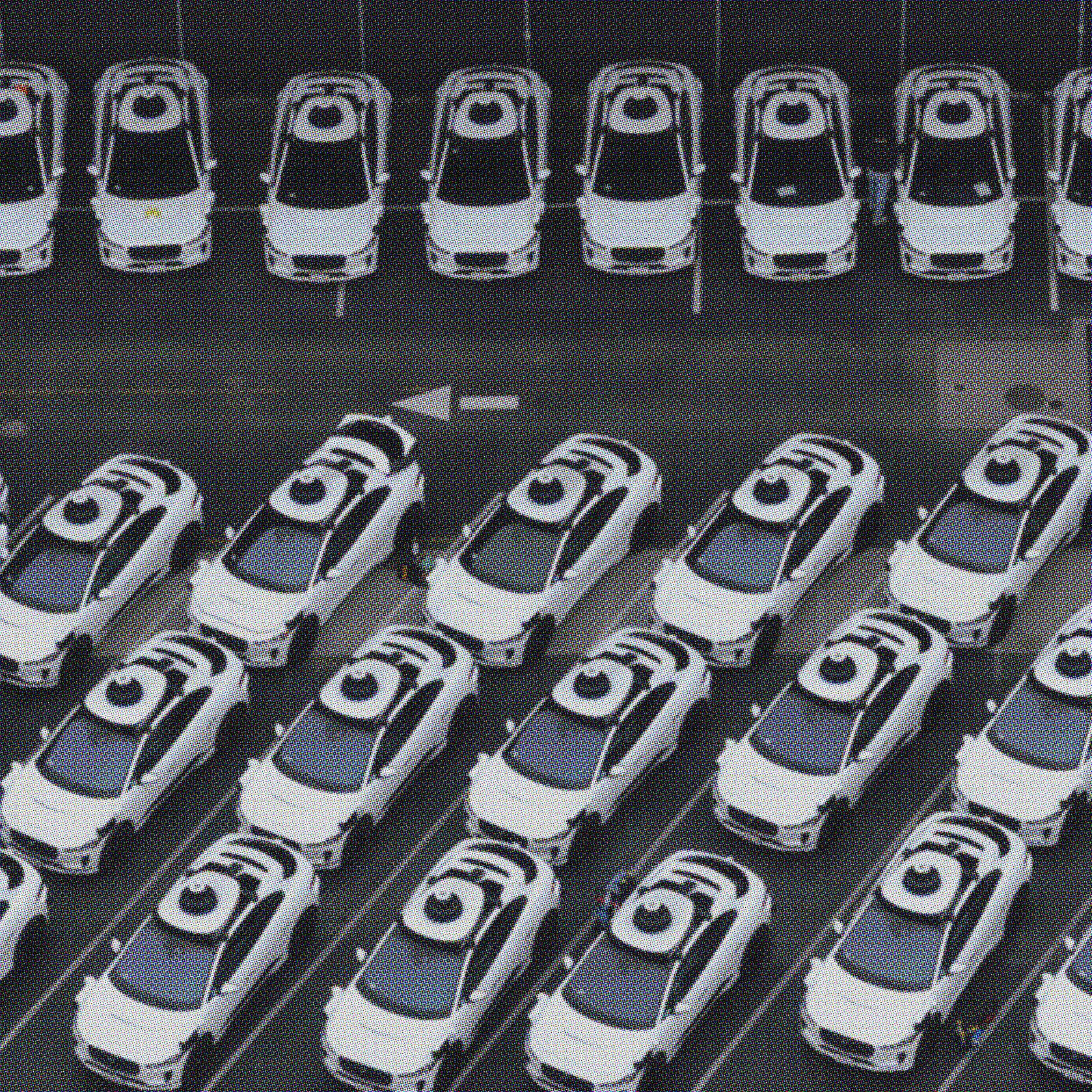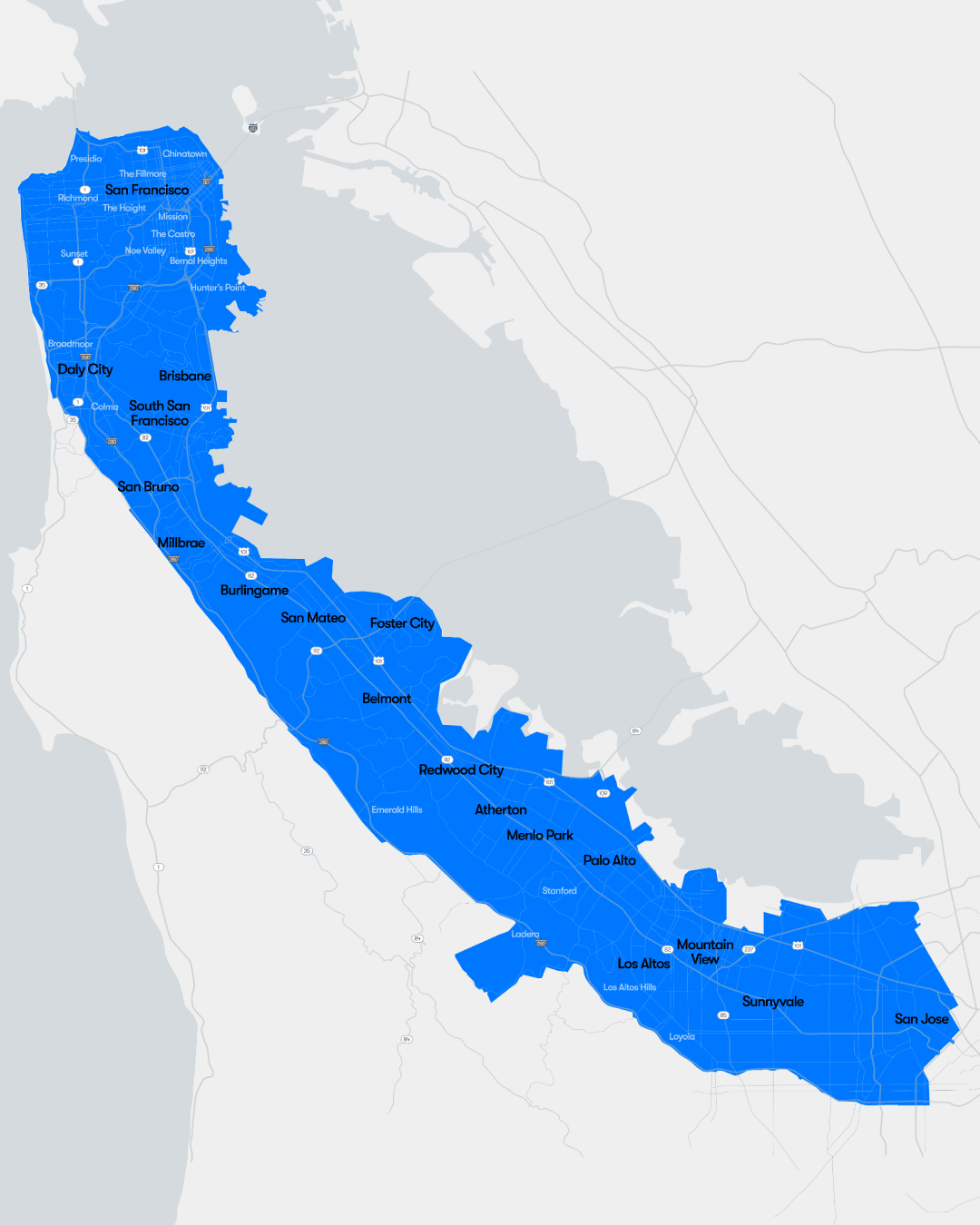Key Points
- Waymo robotaxis now operate on freeways in the Bay Area, Los Angeles and Phoenix.
- Curbside pickup and drop‑off added at San Jose Mineta International Airport.
- Freeway routes initially limited to specific highways in each region.
- Vehicles use dual onboard computers for redundancy and can pull over or exit highways in emergencies.
- Waymo works with law‑enforcement and first‑responders to develop emergency procedures.
- Freeway trips start as an opt‑in feature within the app, with broader rollout planned.
- Future launches slated for Dallas, Miami, Nashville, Las Vegas, Detroit and London.


Waymos Robotaxis Can Now Use the Highway Speeding Up Longer Trips

The new service area in blue in the San Francisco Bay Area.
Freeway Service Launch
Waymo, the self‑driving car unit of Alphabet, disclosed that its robotaxi service is now authorized to operate on freeways in three major regions: the San Francisco Bay Area, Los Angeles and Phoenix. The expansion builds on Waymo’s existing presence in five U.S. metros—Atlanta, Austin, Los Angeles, Phoenix and the Bay Area—by extending the autonomous fleet onto higher‑speed corridors. At launch, the freeway routes are limited to specific highways, including US Route 60, Interstates 10 and 17, and Loop 202 in Phoenix; US Route 101, Interstates 80, 280 and 380, and several state routes in the Bay Area; and a suite of interstates and state routes in Los Angeles County.
Airport Curbside Integration
In tandem with the freeway rollout, Waymo announced curbside pickup and drop‑off service at San Jose Mineta International Airport. The new connection enables riders to travel autonomously from San Francisco to San Jose, covering a service area of roughly 260 square miles. Waymo has been providing autonomous rides on local service roads since the summer of 2023, and the freeway capability is expected to halve travel times for routes such as San Francisco to Mountain View.
Technical Foundations and Safety Protocols
Waymo co‑CEO Dmitri Dolgov described freeway driving as “easy to learn, hard to master,” noting that while highways are predictable, safety emergencies are rare, limiting real‑world data collection. To compensate, Waymo engineers supplemented on‑road data with information gathered from private, closed‑course testing and extensive simulation. Each robotaxi is equipped with two onboard computers to provide system redundancy, allowing the vehicle to either exit a highway or pull over safely in an emergency.
The company is also coordinating with law‑enforcement agencies and first‑responders, including highway patrol units, to establish procedures for stranded vehicles on highway shoulders—areas where accidents claim many lives each year. Initially, freeway trips will be available only to riders who opt in through the Waymo app; the company plans to broaden access to all riders over time.
Future Expansion Plans
Looking ahead, Waymo indicated that it will launch its autonomous taxi service in several new U.S. and international locations next year. Target cities include Dallas, Miami, Nashville, Las Vegas, Detroit and London, signaling the company’s ambition to scale its technology beyond its current footprint.
Source: wired.com
